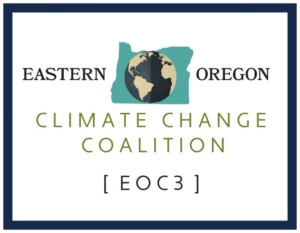Conservation Agriculture
Project Drawdown
Conservation agriculture uses cover crops, crop rotation, and minimal tilling in the production of annual crops. It protects soil, avoids emissions, and sequesters carbon.
Saving Money, Time and Soil: The Economics of No-Till Farming
USDA
Continuous no-till has been adopted across only 21 percent of all cultivated cropland acres in the United States. Why? One concern involves money saved compared to money spent. Can fuel and labor reductions really make up for the money invested in switching to a new farming practice?
To help farmers answer this question, the Natural Resources Conservation Service (NRCS) Conservation Effects Assessment Project (CEAP) conducted an annual fuel savings study comparing gallons of fuel used in conventional tillage practices to gallons used in conservation tillage practices like seasonal and continuous no-till.
Regenerative Annual Cropping
Project Drawdown
Conventional wisdom has long held that the world cannot be fed without chemicals and synthetic fertilizers. Evidence points to a new wisdom: The world cannot be fed unless the soil is fed. Regenerative agriculture enhances and sustains the health of the soil by restoring its carbon content, which in turn improves productivity.
Nutrient Management
Project Drawdown
Overuse of nitrogen fertilizers—a frequent phenomenon in agriculture—creates nitrous oxide. More efficient use can curb these emissions and reduce energy-intensive fertilizer production.
Irrigation Modernization
Energy Trust of Oregon
Energy Trust offers key early-stage funding and strategic support to help irrigation districts and farmers update irrigation infrastructure and explore hydroelectric technology to generate clean energy, both along irrigation lines and on farms.
Photo by Mary Hallman
Farm Irrigation Efficiency
Project Drawdown
Water is expensive and becoming scarce. Precision irrigation, among other practices and technologies, makes farm water use more precise and efficient.
Managed Grazing
Project Drawdown
Managed grazing involves carefully controlling livestock density and timing and intensity of grazing. Compared with conventional pasture practices, it can improve the health of grassland soils, sequestering carbon.
Biochar Production
Project Drawdown
Biomass slowly baked in the absence of oxygen becomes biochar, retaining most of the feedstock’s carbon. It can be buried for sequestration and potentially enrich soil.
Biochar – Valuable Soil Amendment & Powerfully Simple Tool to Combat Climate Change
International Biochar Institute
Biochar is a Powerfully Simple Tool to Combat Climate Change
The carbon in biochar resists degradation and can hold carbon in soils for hundreds to thousands of years. Biochar is produced through pyrolysis or gasification — processes that heat biomass in the absence (or under reduction) of oxygen.
In addition to creating a soil enhancer, sustainable biochar practices can produce oil and gas byproducts that can be used as fuel, providing clean, renewable energy. When the biochar is buried in the ground as a soil enhancer, the system can become “carbon negative.”
Biochar and bioenergy co-production can help combat global climate change by displacing fossil fuel use and by sequestering carbon in stable soil carbon pools. It may also reduce emissions of nitrous oxide.
We can use this simple, yet powerful, technology to reduce carbon emissions.



